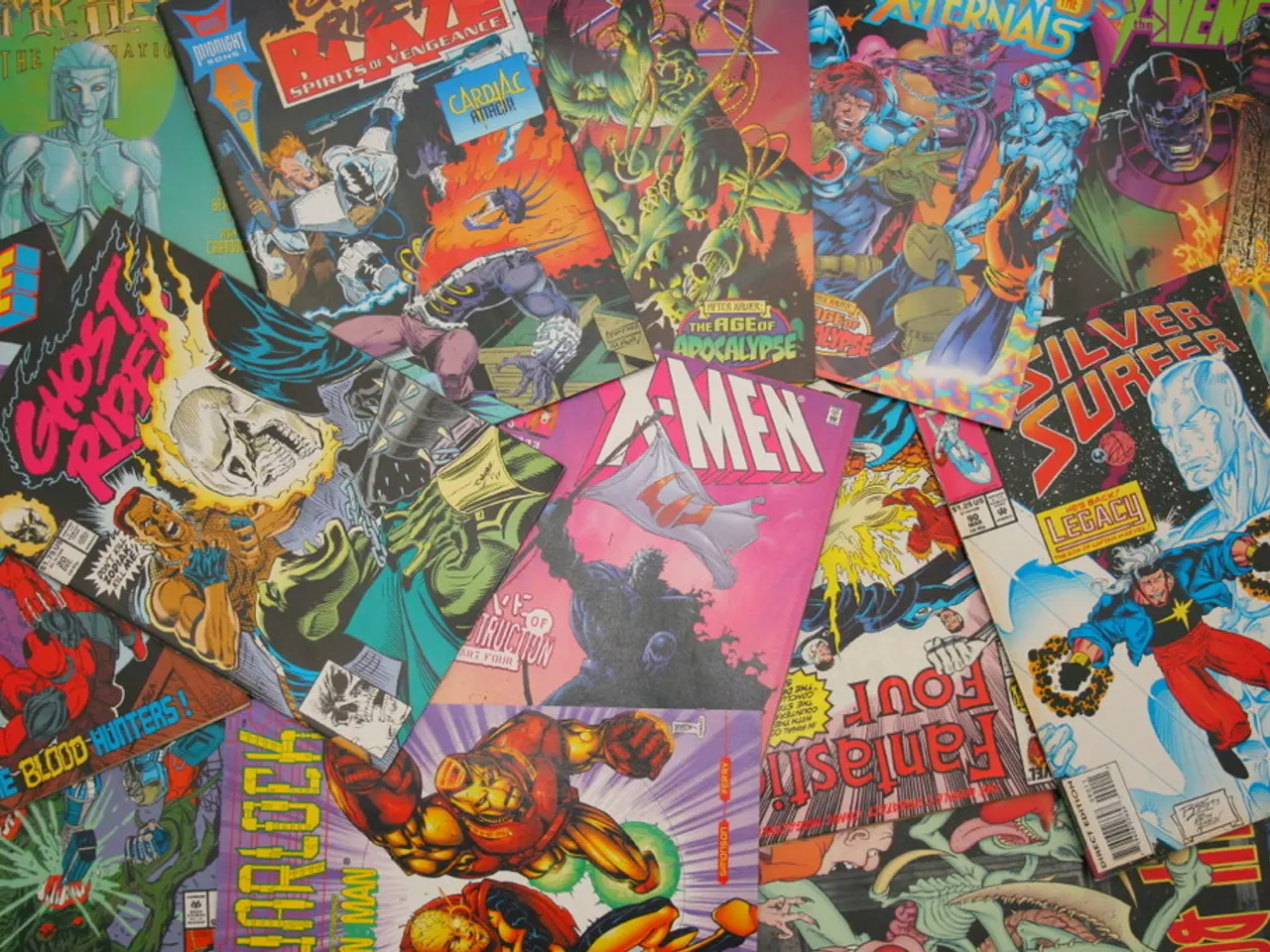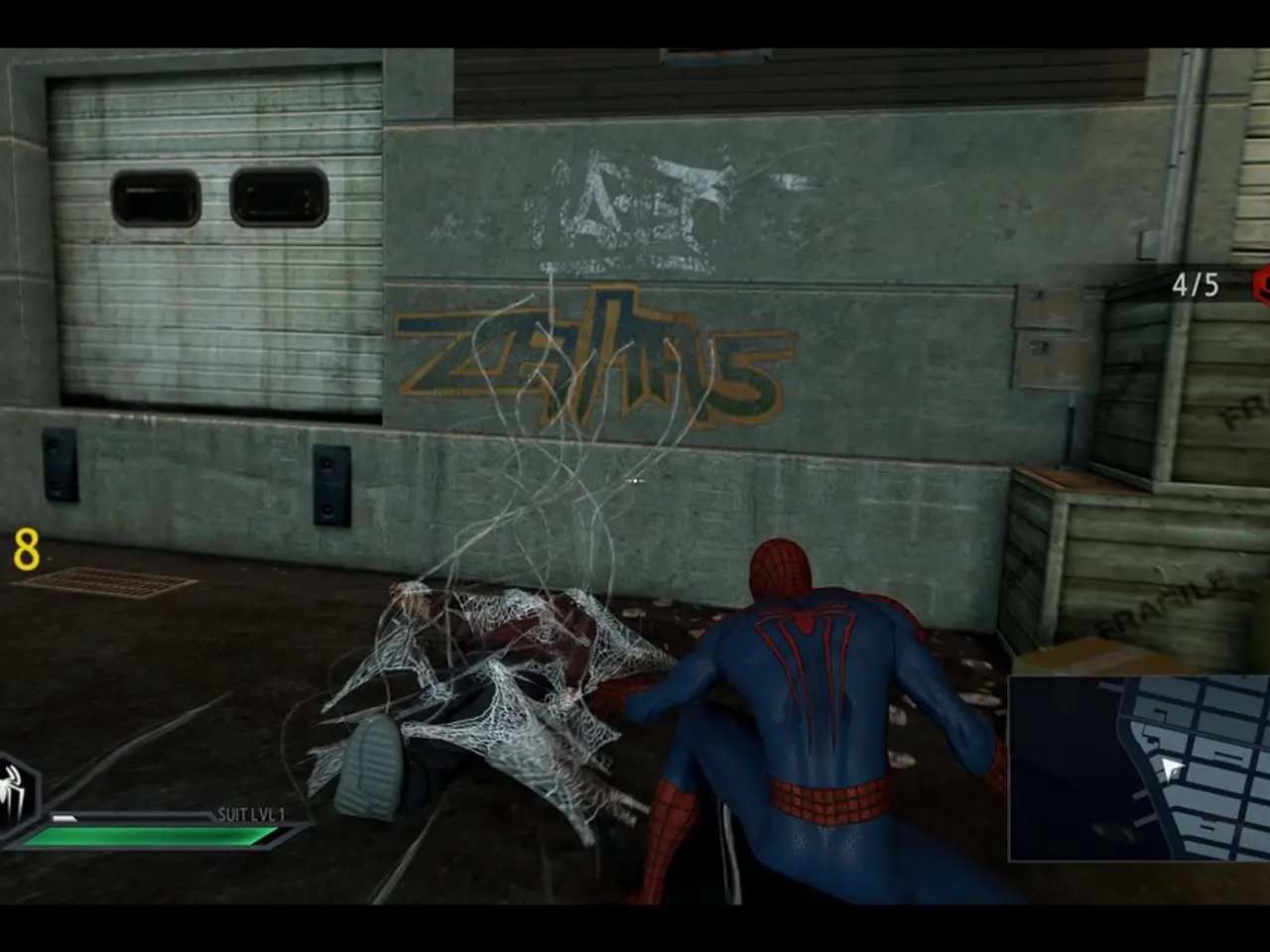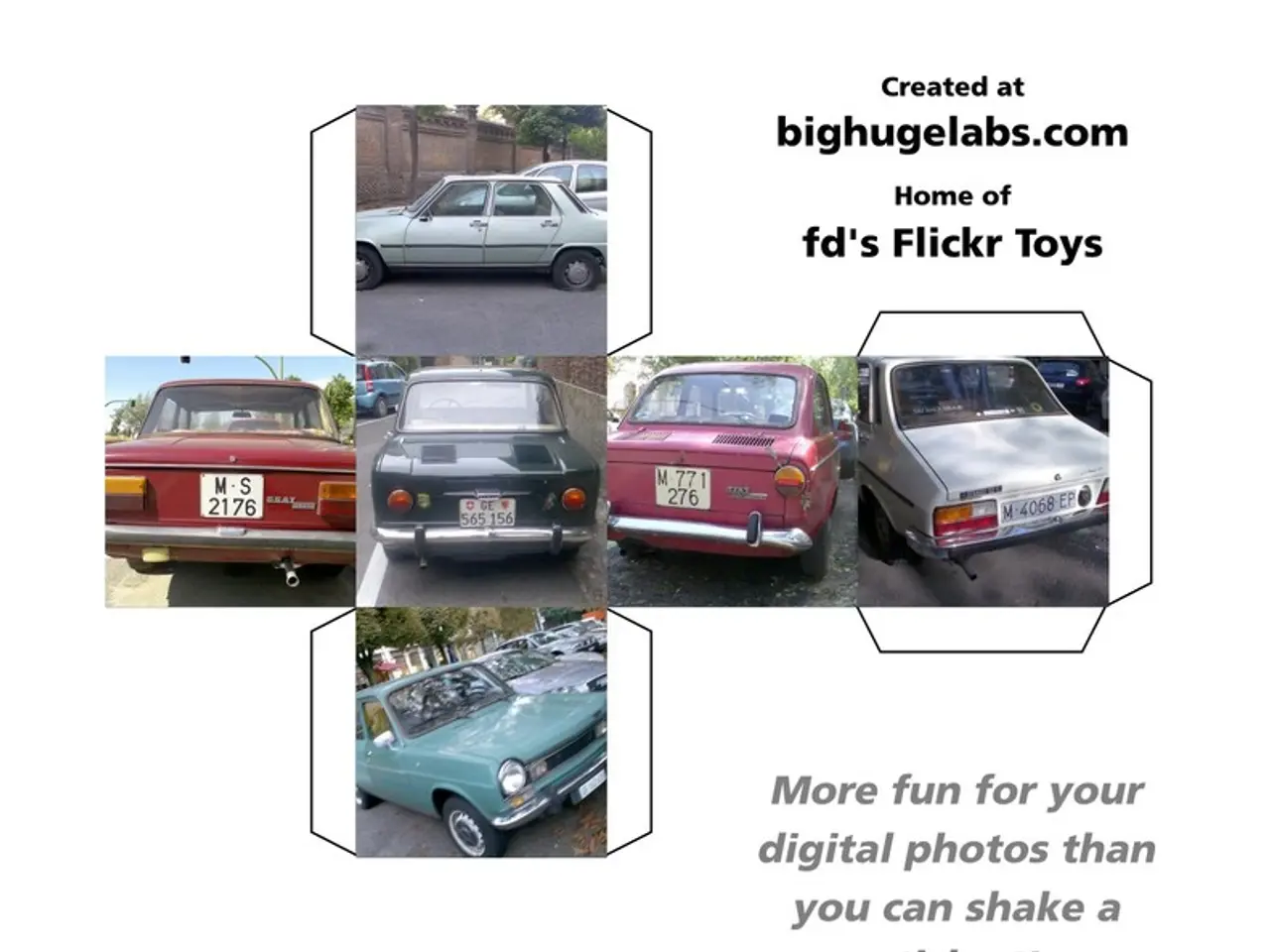Leading Comic Illustrators Exhibiting Stunningly Realistic Work You Should Be Aware Of
In the world of comic art, a remarkable transformation has taken place over the years, leading to the emergence of various styles that captivate audiences with their stunning detail and lifelike representations. This evolution has been marked by several key milestones, each contributing to the refinement of realistic comic art.
Early Influence of Realism (Late 19th to Early 20th Century)
The foundational elements for sequential storytelling were laid by artists like William Hogarth and Rodolphe Töpffer. Töpffer, often credited with creating the first modern comic strip, introduced a form of narrative that would later influence more realistic styles.
Mid-20th Century Developments
The 1960s marked a significant shift in the comic book industry, with Marvel Comics revolutionizing characterizations by introducing more relatable and realistic superheroes like Spider-Man and the X-Men. Stan Lee and Jack Kirby's collaborative work emphasized interpersonal relationships and real-world issues, making comics more accessible and realistic.
Photo Comics and the Use of Photography
The 1940s saw the rise of photo comics, particularly in Italy and later Latin America. These books used photographs instead of drawings, offering a more realistic style by incorporating real-world imagery.
Modern Realistic Techniques
Alex Ross is known for his highly detailed and realistic approach to comic art. His work combines Norman Rockwell’s realistic style with the fantastical elements of comics, creating a blend of reality and superhero fantasy.
Digital Age and Contemporary Artists
With advancements in digital tools, contemporary comic artists can achieve even more realistic and detailed artwork. This has led to a broad range of styles, from photorealistic to hyper-realistic digital art, further expanding the possibilities of comic art.
Artists now have access to powerful tools like digital painting software, enabling stunning detail and vibrant artwork. Line work is another essential technique in realistic comics, with artists using various line types to achieve different effects.
Characteristics of realistic comic art include detailed illustrations, naturalistic colors, proportional anatomy, dynamic poses, and emotional expressions. These elements allow readers to connect emotionally with characters, enhancing emotion, creating immersive worlds, and using visual narrative.
Real-life events significantly inspire many comic artists, leading to emotionally resonant work. Personal experiences, historical events, and social issues are key aspects that artists draw from in their work.
Audience preferences are shifting, with readers seeking depth, character development, and realism in their comics. This demand has led to the rise of new voices in comic art, such as Ava Chen, Jamal Edwards, and Lina Torres, who offer unique perspectives and storytelling.
Key figures in the comic art scene include Alex Ross, Jim Lee, and Frank Quitely, who are admired for their dedication to realism, which enhances the emotional impact of narratives and makes each panel a work of art. Notable artists in the realm of realistic comic art also include Hal Foster, Alex Raymond, Will Eisner, and Jae Lee.
Artists like Marcus Lee and Elena Gomez are pioneers in innovative styles, blending realism with relatable themes. Their work reflects real-world challenges and experiences, making characters more relatable and engaging for readers.
Merchandising has evolved due to realistic comic art, with products inspired by artists like Jim Lee and Alex Ross. Popular merchandise includes action figures, clothing, and high-quality prints of famous comic covers. Companies leverage realistic comic art for marketing, increasing sales and brand loyalty.
The impact of top realistic comic art style artists extends beyond comic books into films, merchandise, and more, shaping how we view heroes and stories. Film studios seek artists to create powerful visuals for their projects, recognizing the potential of realistic comic art.
Technological advances play a huge role in shaping realistic comic art, with digital platforms, 3D modeling, virtual reality, and augmented reality transforming the medium. Emerging trends in comic art include mixed media, 3D elements, and abstract designs.
The future of realistic comic art lies in technological developments and the evolving preferences of audiences. As technology continues to advance, we can expect to see even more realistic and immersive comic art that connects readers on a deeper level.
[1] Töpffer, Rodolphe. "Histoire de M. Vieux Bois." 1837. [2] Lee, Stan, and Jack Kirby. "Fantastic Four." Marvel Comics, 1961. [3] "Photo Comics." Comic Book DB, 2021. [online] Available at: https://comicbookdb.com/comic/Photo-Comics-1941-1 [4] Ross, Alex. "Kingdom Come." DC Comics, 1996. [5] "Alex Ross Biography." Comic Book DB, 2021. [online] Available at: https://comicbookdb.com/creator/Alex-Ross/Bio/100001
Entertainment in the comic book realm has progressed significantly, moving towards more realistic styles that resonate with audiences on an emotional level. Pioneers like Rodolphe Töpffer paved the way with his narrative-driven comics, setting the stage for more relatable characters and storylines. In the 1960s, Marvel Comics revolutionized the industry by introducing superheroes that were more realistic and accessible, thanks to collaborative works like "Fantastic Four." With technological advancements, contemporary artists can create even more detailed and vibrant artwork, pushing the boundaries of comic art and providing a broader range of styles from photorealistic to hyper-realistic digital art.








